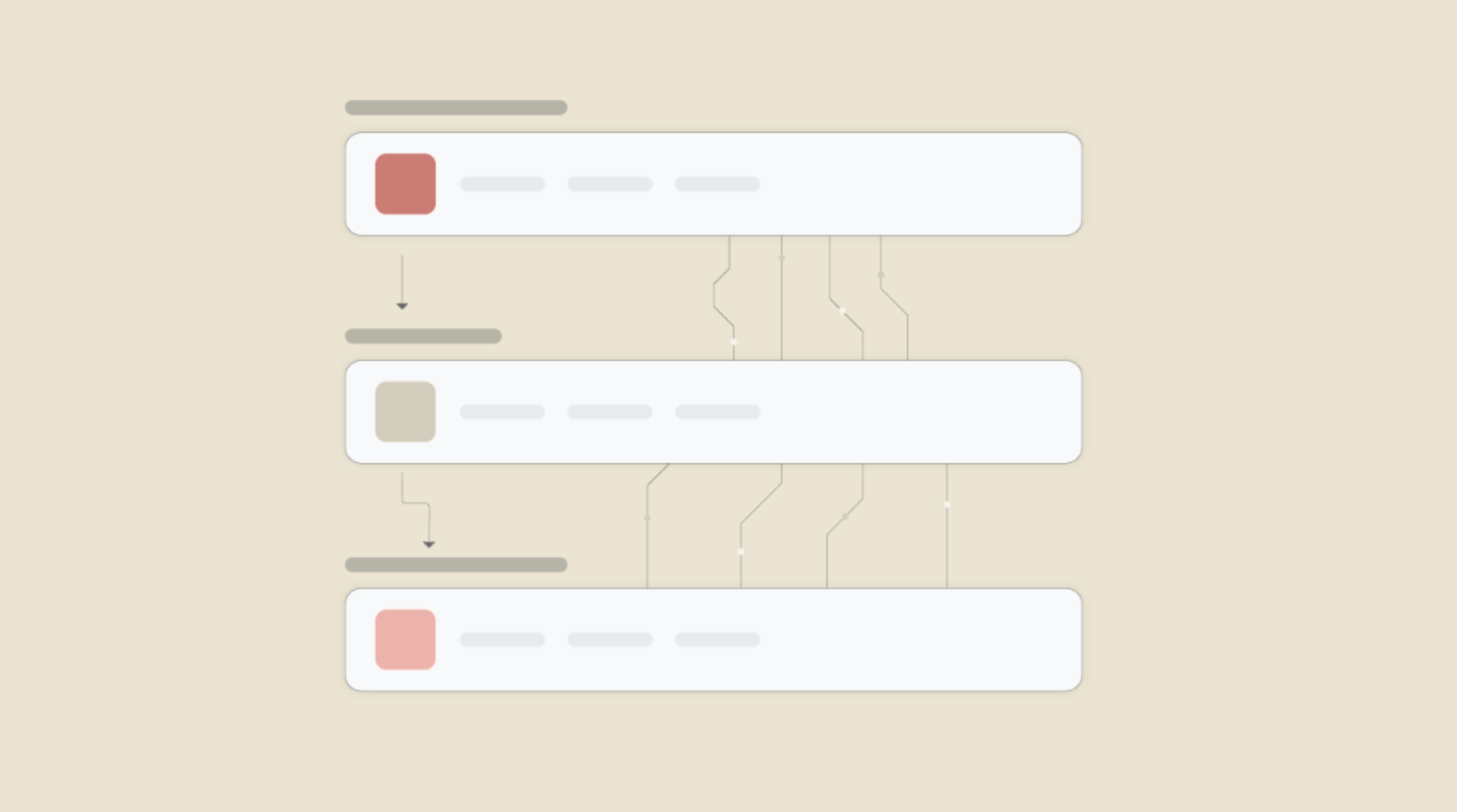Connect SquaredUp and Neo4j to Build Intelligent Automations
Choose a Trigger

When this happens...
- Request a new Trigger for SquaredUp
Choose an Action

Automatically do this!
- Request a new Action for Neo4j
Enable Integrations or automations with these events of SquaredUp and Neo4j
Enable Integrations or automations with these events of SquaredUp and Neo4j
Actions
Create User
Create Tenent User.
Delete User
Deleting the User using Email.
Search User
This action search user by email id.
Create Tenant Group
Create a new tenant group with a display name, description.
Delete Tenant Group
Delete an existing tenant group by specifying its unique group ID.
Update Tenant Group
Update the details of an existing tenant group, including its name, description, and associated users.
Know More About Squaredup and Neo4j Integrations

How viaSocket Works | A Complete Guide
Gain insights into how viaSocket functions through our detailed guide. Understand its key features and benefits to maximize your experience and efficiency.

5 Simple Automation Hacks to Make Your Team Free
Unlock your team's potential with 5 straightforward automation hacks designed to streamline processes and free up valuable time for more important work.

What is Workflow Automation - Definition, Importance & Benefits | A Complete Guide
Workflow automation is the process of using technology to execute repetitive tasks with minimal human intervention, creating a seamless flow of activities.
Frequently Asked Questions
To start, connect both your SquaredUp and Neo4j accounts to viaSocket. Once connected, you can set up a workflow where an event in SquaredUp triggers actions in Neo4j (or vice versa).
Absolutely. You can customize how SquaredUp data is recorded in Neo4j. This includes choosing which data fields go into which fields of Neo4j, setting up custom formats, and filtering out unwanted information.
The data sync between SquaredUp and Neo4j typically happens in real-time through instant triggers. And a maximum of 15 minutes in case of a scheduled trigger.
Yes, viaSocket allows you to add custom logic or use built-in filters to modify data according to your needs.
Yes, you can set conditional logic to control the flow of data between SquaredUp and Neo4j. For instance, you can specify that data should only be sent if certain conditions are met, or you can create if/else statements to manage different outcomes.
About SquaredUp
SquaredUp provides engineering teams with end-to-end visibility of their business-critical applications, allowing them to monitor and manage the health, performance, and overall status of their systems.
Learn MoreAbout Neo4j
Neo4j is a leading graph database platform that enables organizations to unlock the value of connections, influences, and relationships in data. It is designed to handle highly connected data and is used for a variety of applications such as fraud detection, real-time recommendations, and network management.
Learn More